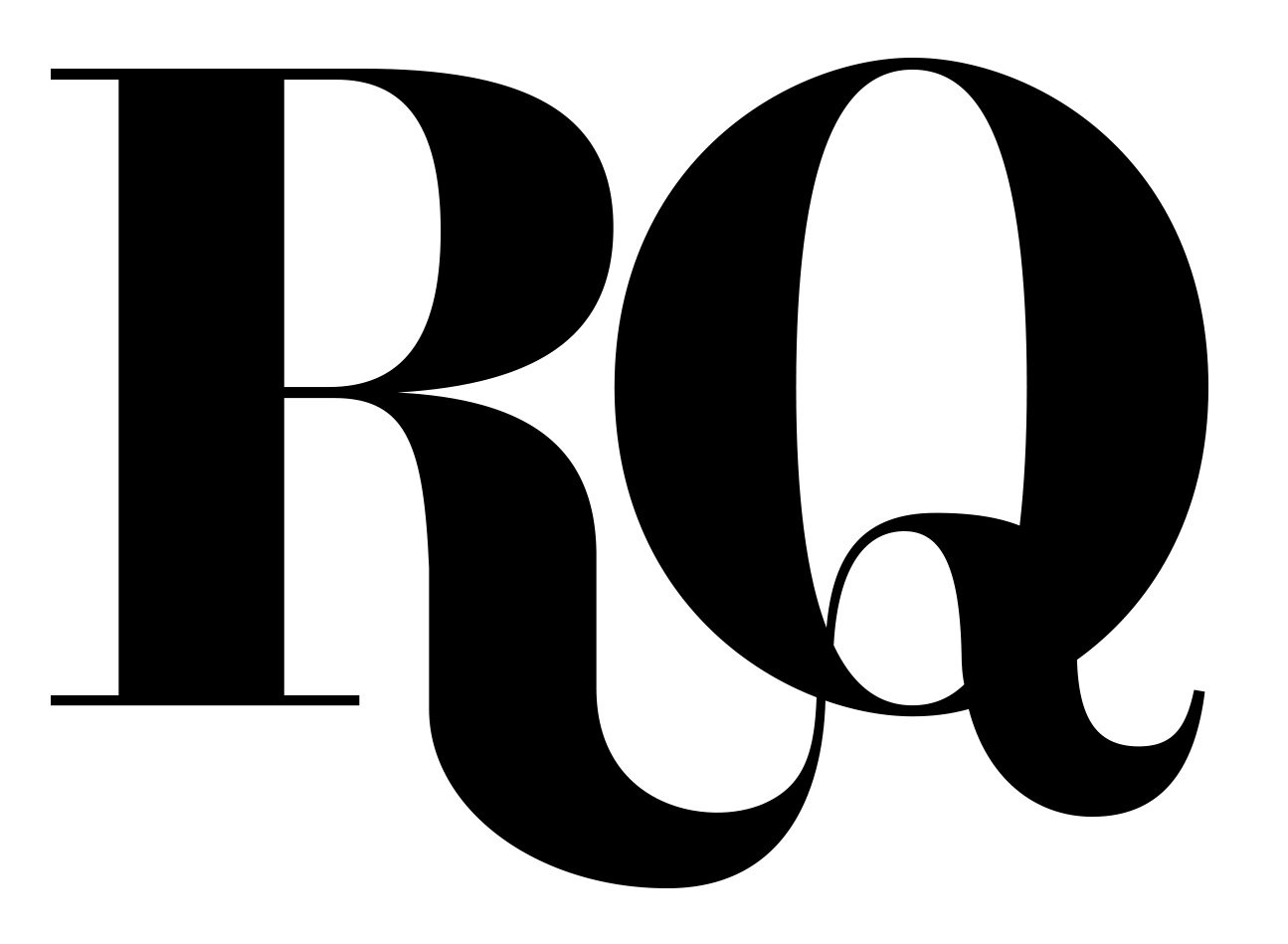Of Puritans and Progressives
John McWhorter is still looking for a few honest souls
by Heather Shayne Blakeslee
art by Christopher Spencer
EXCERPT //
John McWhorter’s favorite dinosaur is the Parasaurolophus.
“I have a balsa skeleton of that one,” the linguist, educator, writer, and Philadelphia native son tells me. We twitter about how much we love those balsa wood bone kits that came out in the early ’80s, and I tell him that my sister and I had a Tyrannosaurus rex and a Stegosaurus. McWhorter has recently been back to visit Philadelphia from his home in New York, where he’s a tenured professor at Columbia University. When he was in town, he sought out the dinosaur bones at the Academy of Natural Sciences.
“I read about dinosaurs to an extent that would perplex many people,” McWhorter says, “including some of the nerdier, more academic books about them.”
I am not perplexed, and I am also positive that no one has unearthed and articulated this particular fact about McWhorter in the prior 148 interviews—he’s counted—that he’s given about his bestselling book Woke Racism: How a New Religion Has Betrayed Black America.
He’s been on podcasts, in newspapers, and on television programs on networks such as ABC, PBS, and CNN, even hitting morning shows including The View, with its audience of regular Americans all throughout the United States tuning in to see celebrity talking heads such as Whoopi Goldberg and Joy Behar. It’s often the most-watched daytime program in the United States, which is not usually where a professor of linguistics finds himself on any given morning.
McWhorter, 56, believes that only someone like him—a middle-aged, black professor armed with solid arguments—can call out what he thinks are the incongruities, inconsistencies, and religious tendencies of the progressive left at this moment. And so he’s been doggedly doing interviews, patiently explaining, archly complaining, and continuing to put aside other more fun work as he wraps up this particular tour of duty in the American culture war.
While he was here in late winter, he stopped at the Philadelphia Museum of Art. “The truth is, one of my favorite things was the Turner they have—the fire on the water, that painting—and, that’s corny. I’m not supposed to like that,” he says, but admits that he “thoroughly enjoyed it.” He mentions the connection to the landscapes of the Hudson River School, and says that he really appreciates “high light on European canvases … those really touch me. It’s less people than landscapes.”
He grew up in an integrated West Mount Airy in the ‘70s, and is a Friends Select alumnus. “Many people now find it hard to imagine, because you say a ‘mixed neighborhood’ and what most people think, especially if you’re talking about the late 20th century, is that it must have been white people were moving out and black people were moving in. And so the white people were, you know, old white ethnics who couldn’t afford to leave and then poor black people were moving in. West Mount Airy was nothing like that,” McWhorter says. “It was solidly middle-class people living side by side with the houses practically alternating. And so it was a really lucky childhood; not wealthy, but comfortably middle-class.” He explains that while black kids still tended to play with black kids and white kids with white kids, “there was no tension,” McWhorter says. “It was very interracial, peaceful, slightly hippie—it still is. So that was my experience. And I remember it fondly. I still take people in my life to Marion Lane on Mount Pleasant and show them that I grew up across from Carpenter’s Woods. It was absolutely paradise, and I love Philadelphia.” //
For full text and images, consider reading RQ in print, on a Sunday afternoon, sun streaming through your window, coffee in hand, and nary a phone alert within sight or in earshot… just fine words, fine design, and the opportunity to make a stitch in time. // Subscribe or buy a single issue today. // Print is dead. Long live print. //

